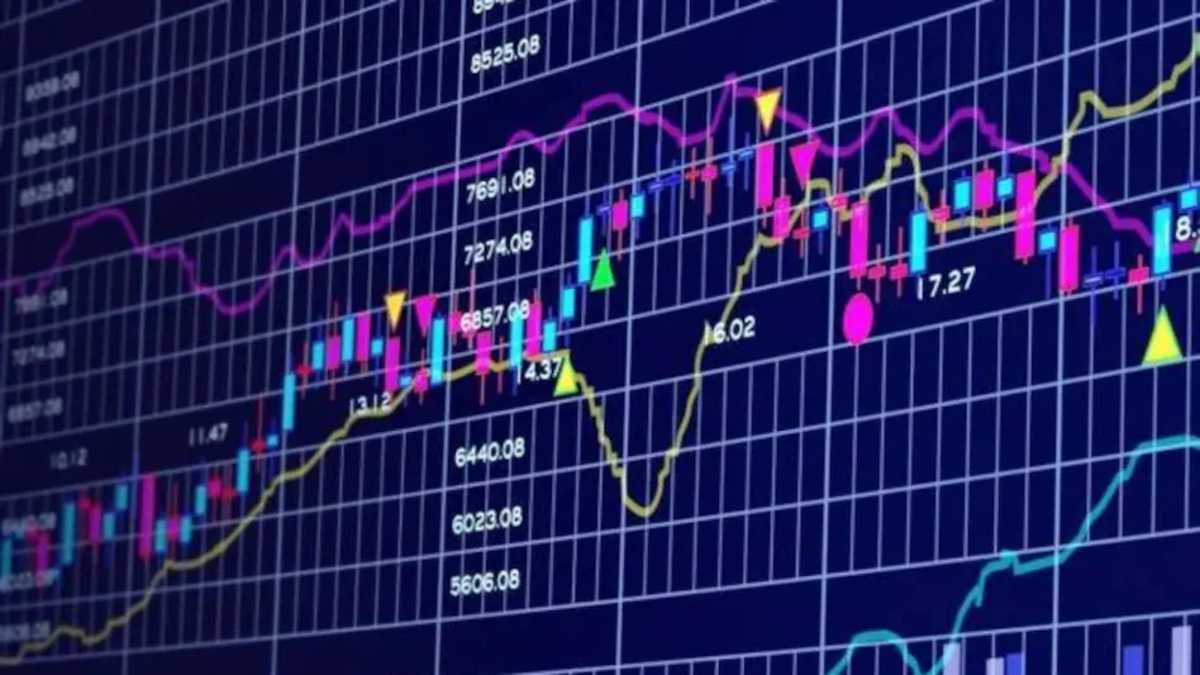Futures and Options (F&O) are financial derivatives that play a crucial role in global financial markets. These instruments allow investors to hedge risks, speculate on price movements, and enhance market liquidity. Understanding F&O trading is essential for traders, institutional investors, and retail participants looking to navigate the complexities of financial markets effectively.
This article delves into the fundamentals of F&O trading, their mechanisms, advantages, risks, and strategies used by market participants.
Understanding Futures and Options
Futures Contracts
A futures contract is a legally binding agreement between two parties to buy or sell an asset at a predetermined price on a specified future date. These contracts are standardized and traded on exchanges.
- Key Features of Futures:
- Standardized contract size and expiration dates.
- Traded on regulated exchanges.
- Margins and mark-to-market settlements apply.
- Commonly Traded Futures:
- Stock Index Futures
- Commodity Futures
- Currency Futures
- Interest Rate Futures
Options Contracts
Options are financial contracts that give the holder the right, but not the obligation, to buy or sell an underlying asset at a predetermined price before or on a specified date.
- Types of Options:
- Call Option: Gives the right to buy an asset at a specific price.
- Put Option: Gives the right to sell an asset at a specific price.
- Key Features of Options:
- Premium is paid by the option buyer.
- No obligation to execute the contract.
- Different expiration dates and strike prices available.
Advantages of F&O Trading
- Hedging: Used to mitigate risks against unfavorable price movements.
- Leverage: Enables traders to control larger positions with a small margin.
- Liquidity: High trading volumes ensure easy entry and exit.
- Price Discovery: Futures markets help determine fair prices for underlying assets.
Risks Involved in F&O Trading
- High Volatility: Prices can be highly unpredictable.
- Leverage Risks: While leverage amplifies gains, it also increases potential losses.
- Complexity: Requires in-depth market knowledge and analysis.
- Margin Calls: Traders need to maintain sufficient margin levels to avoid liquidation.
Trading Strategies in F&O Markets
- Hedging Strategies:
- Protective Puts
- Covered Calls
- Futures Hedging
- Speculative Strategies:
- Long Call/Put
- Short Selling
- Straddle and Strangle Strategies
- Arbitrage Strategies:
- Cash-Futures Arbitrage
- Index Arbitrage
Regulatory Framework for F&O Trading
F&O trading is regulated by market authorities such as SEBI (Securities and Exchange Board of India) in India and the SEC (Securities and Exchange Commission) in the US. These regulations ensure fair trading practices, transparency, and investor protection.
Futures and Options are powerful financial instruments that provide opportunities for hedging, speculation, and arbitrage. However, they also come with inherent risks that require proper understanding and strategy implementation. As financial markets continue to evolve, mastering F&O trading can be a valuable skill for investors and traders alike.



